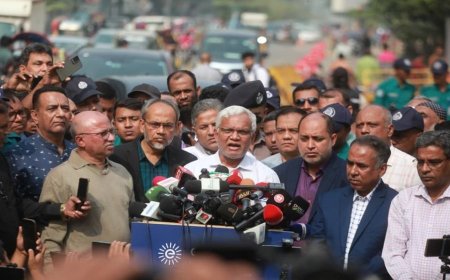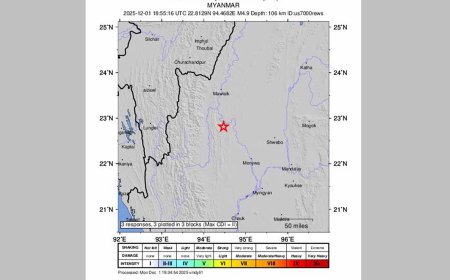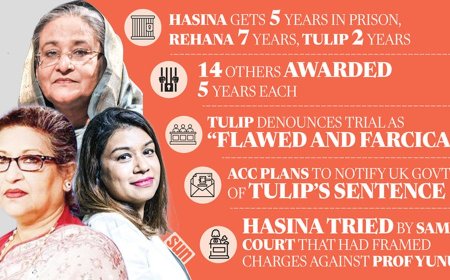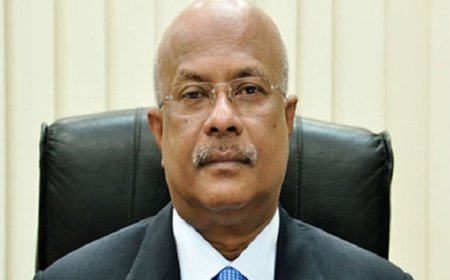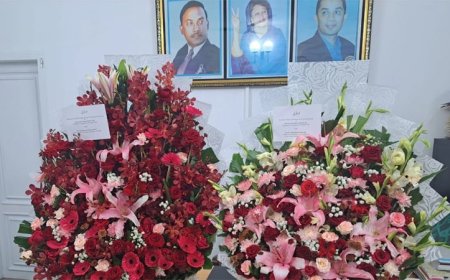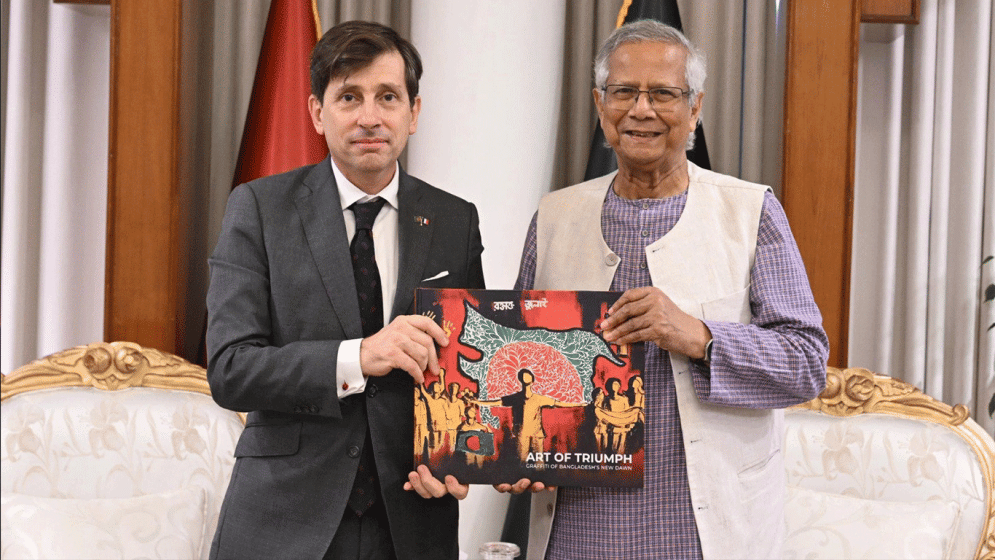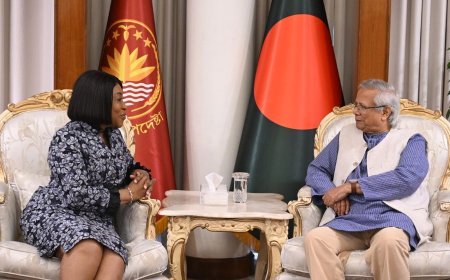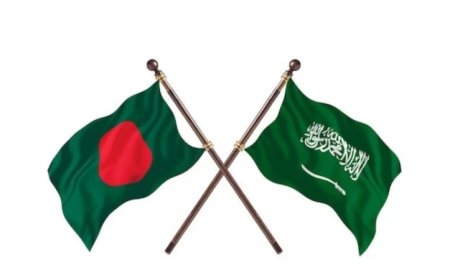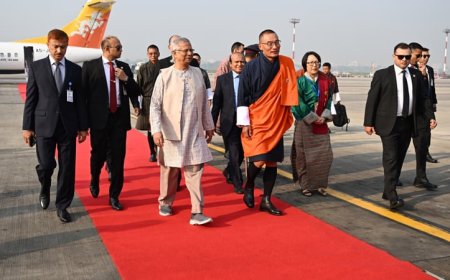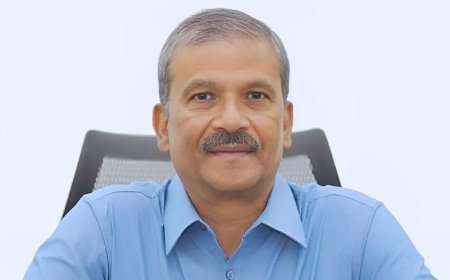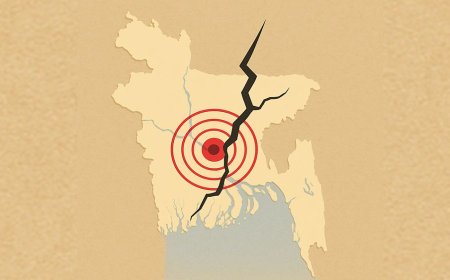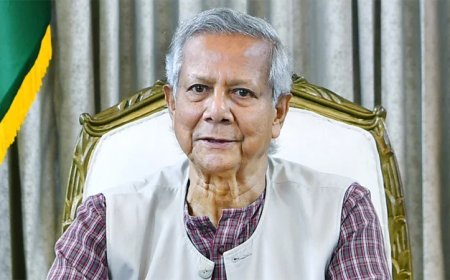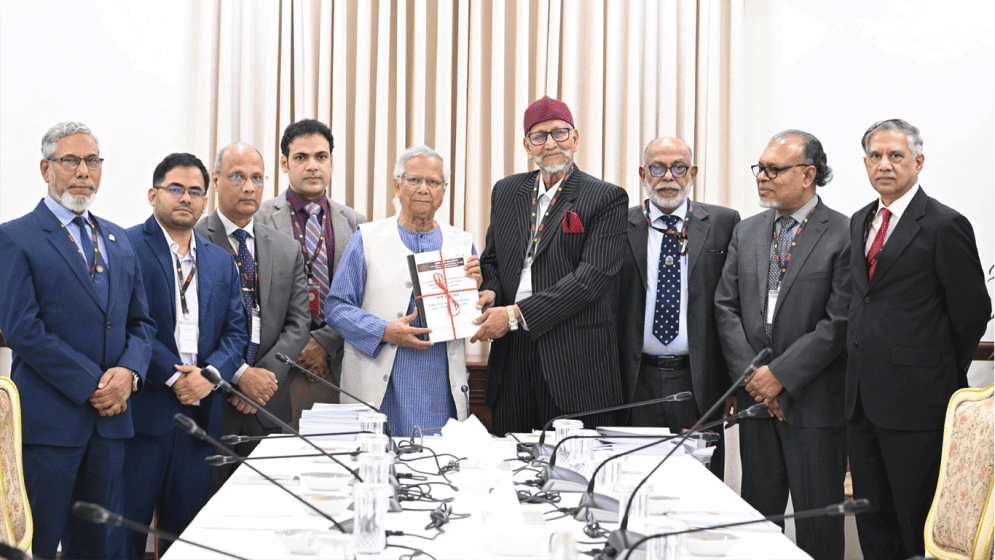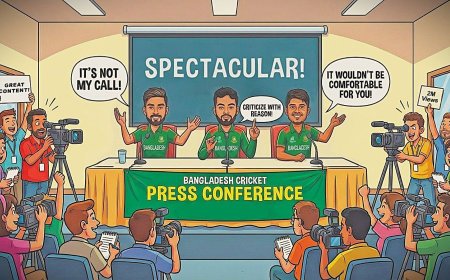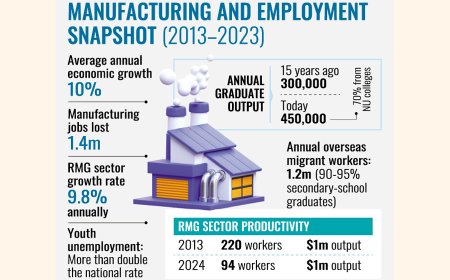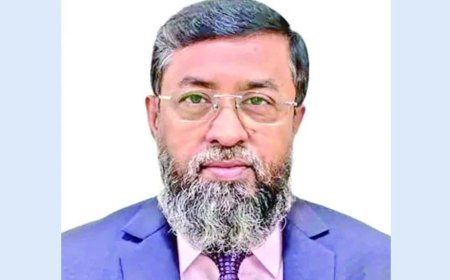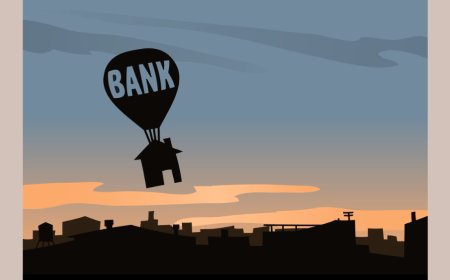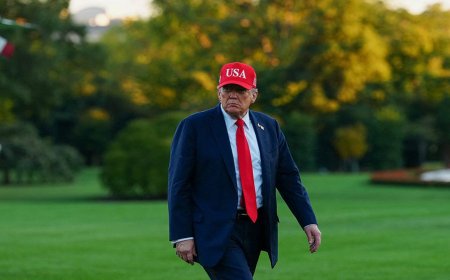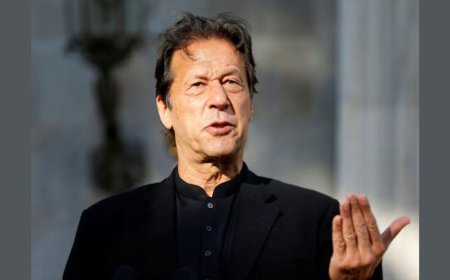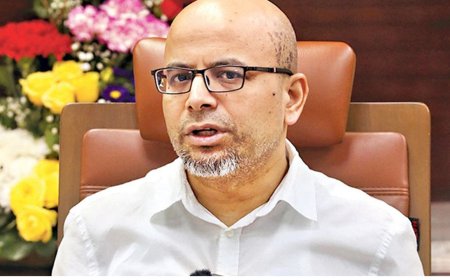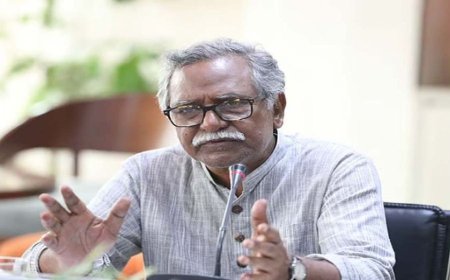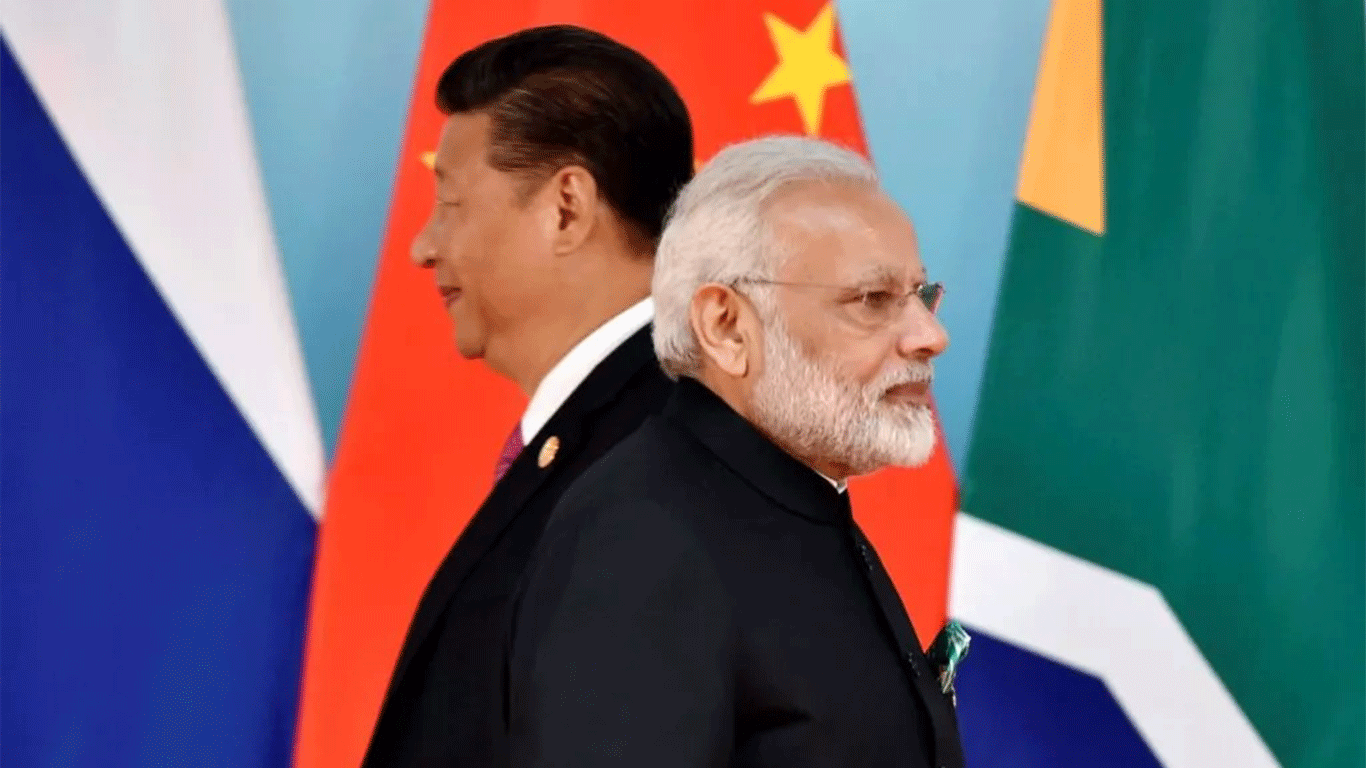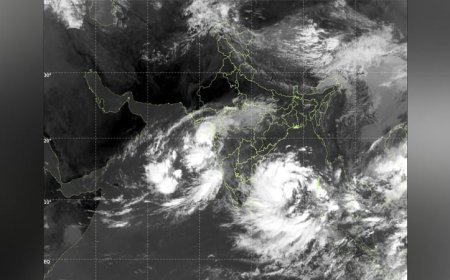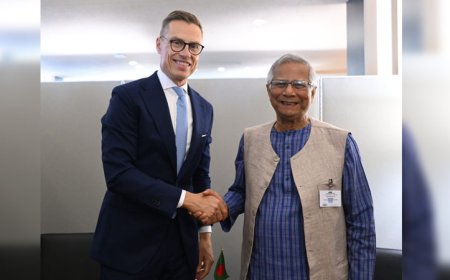The portrait of Sheikh Mujibur Rahman has been taken down from the Bangladesh President's office, raising questions about the future of his legacy
As Sheikh Hasina fled, their anger shifted towards her father, Sheikh Mujibur Rahman.
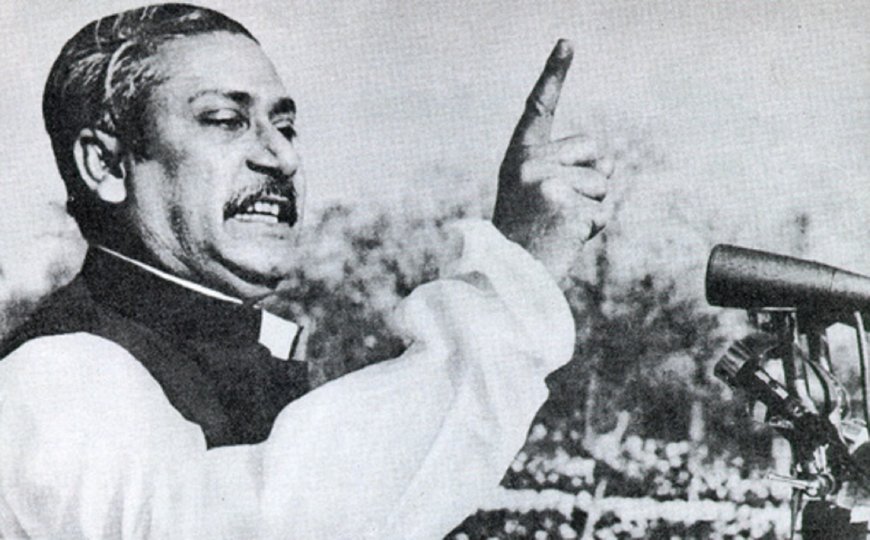
In another instance of the Bangladesh interim government yielding to student demands, Chief Advisor Muhammad Yunus ordered the removal of Sheikh Mujibur Rahman’s portrait from the President’s office, according to a report in *India Today*. Sheikh Mujibur Rahman, the founding father of Bangladesh and the father of Sheikh Hasina, was a central figure whose legacy had endured through street names, public landmarks, and speeches. However, after Sheikh Hasina was forced to resign and flee the country amid student-led protests, much of the anger turned toward her father.
Following the upheaval, demonstrators stormed the former prime minister's residence, taking whatever they could. As Hasina fled, their fury focused on Sheikh Mujibur Rahman. Some protesters climbed up and pulled down his statue at Bijoy Sarani in Dhaka, while public murals depicting the 'Friend of Bengal' (Bangabandhu) were defaced. The house in Dhanmondi, where Sheikh Mujibur Rahman and his family were assassinated in 1975 and later converted into a memorial, was heavily damaged by the protesters. The mosaic panel at Dhaka University was also defaced. Many fear that his legacy may be gradually erased.
Sheikh Hasina, 76, resigned as prime minister on August 5, amid widespread protests against her government, sparked by student opposition to the government jobs’ quota system that favored the families of 1971 war veterans. The protests turned violent with no resolution in sight. Sheikh Mujibur Rahman, born in 1920 in undivided India, had led Bangladesh to independence in 1971. On his death anniversary, just days after Hasina’s departure, a large group of protesters blocked attempts by her supporters to commemorate the anniversary of his assassination and the founding of Bangladesh.
What's Your Reaction?







